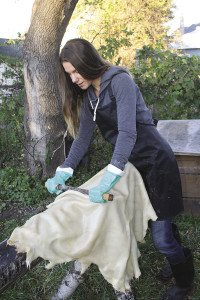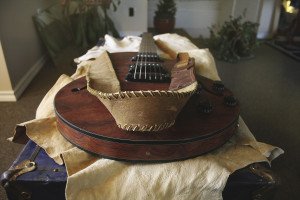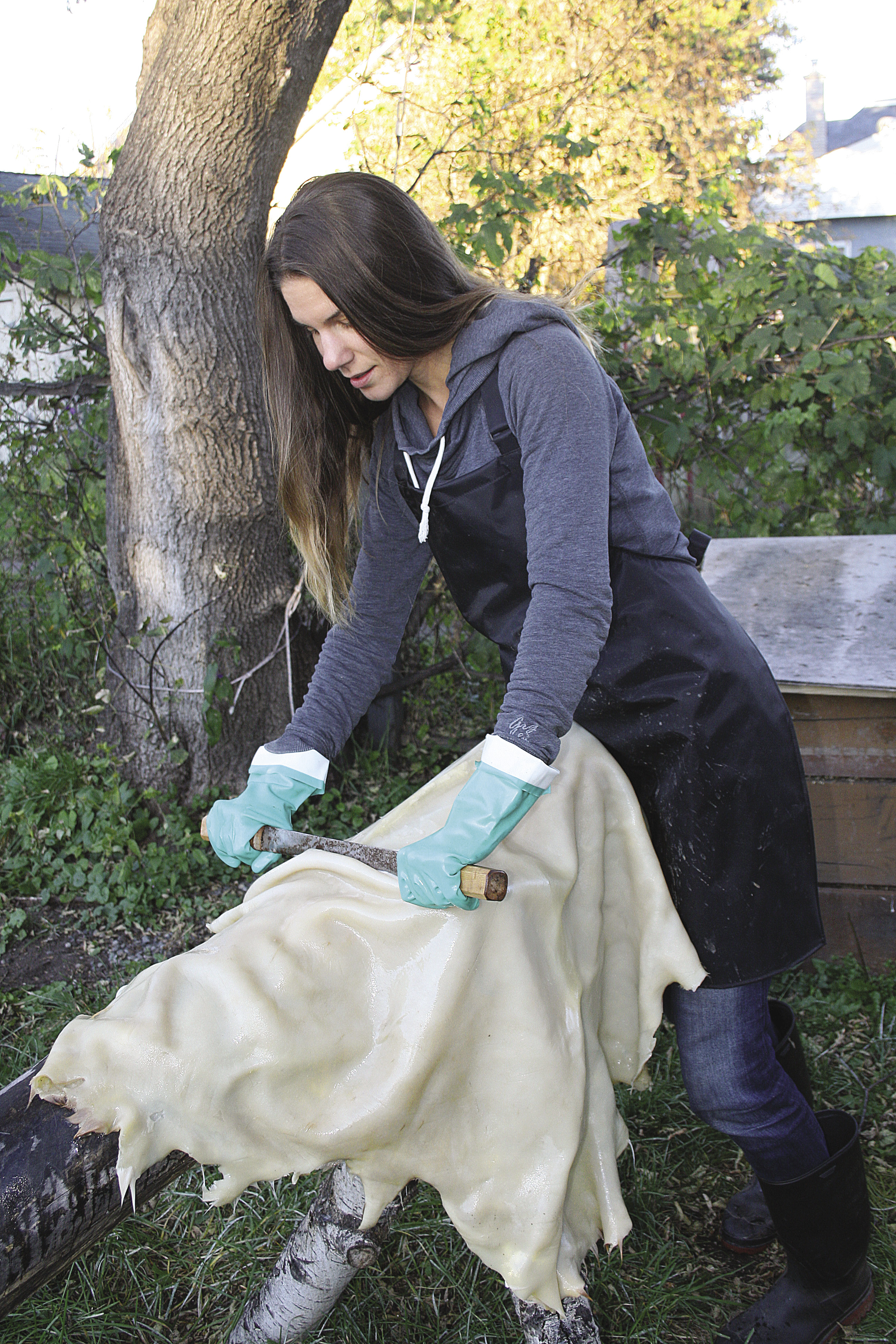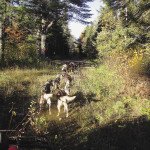Before plant fibers were spun and woven into the mass-produced textiles of today, tanning animal skins and pelts for clothing was a common practice among civilizations across the globe. Wearing leather and furs was a necessary element of survival. They kept our vulnerable human bodies shaded from the sun and shielded from the harshness of wind, rain and colder climates. They were also used for purposes of magic, spirituality, decoration and prestige that expressed social significance and culture.

Close-up of the scraping technique to remove layers of the dermis, exposing the fiber network of the skin. | Julia Prinselaar

While the world appears to be hooked on the convenience and versatility of plastic, processing natural materials for clothing, furniture, shoes and consumer goods continues today. Any widely-produced material calls into question the ethics of industrial scale production. But fundamentally, organic materials were harvested from their immediate surroundings because they were useful and practical. Remnants of that wisdom remains today.






